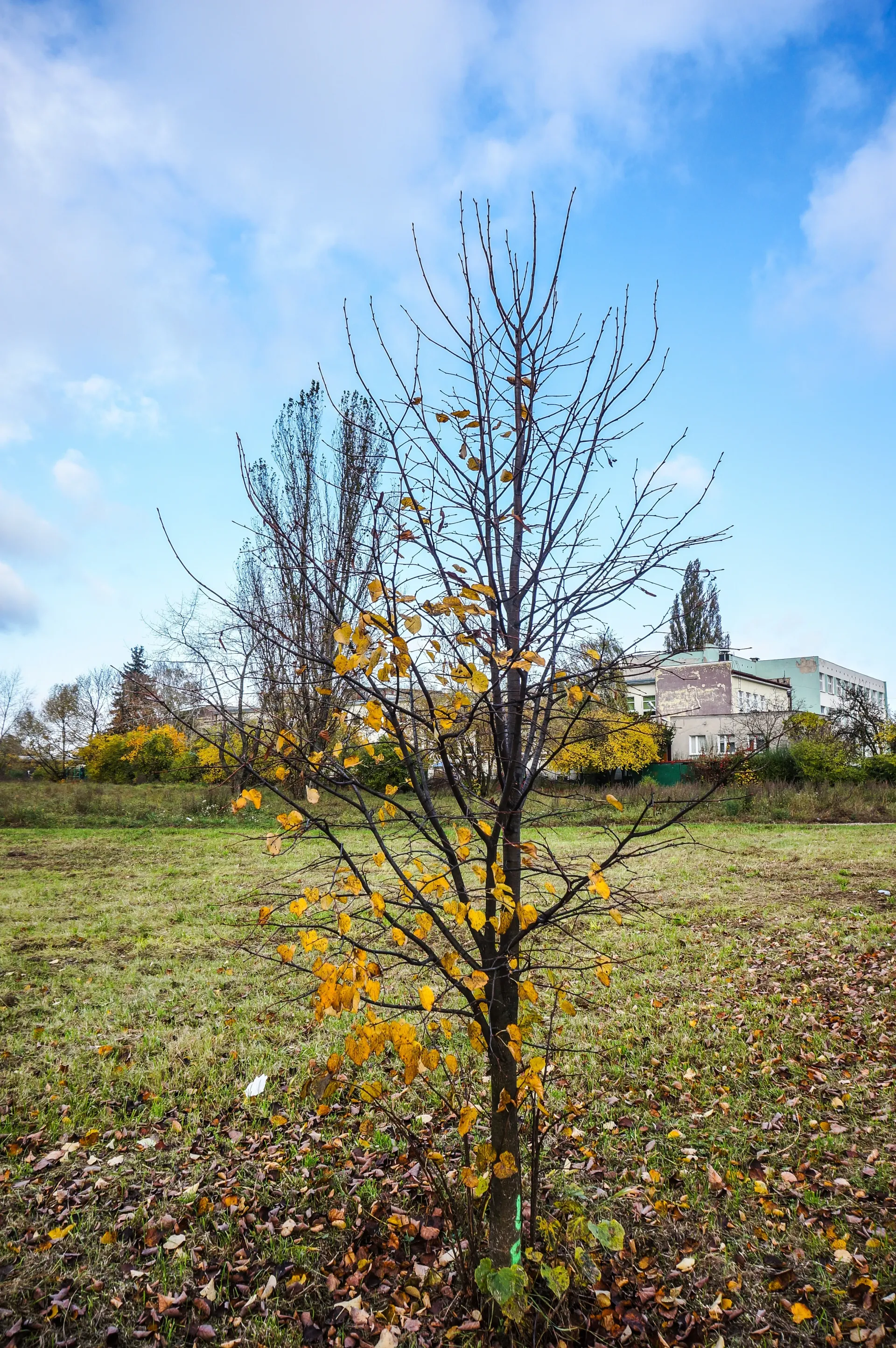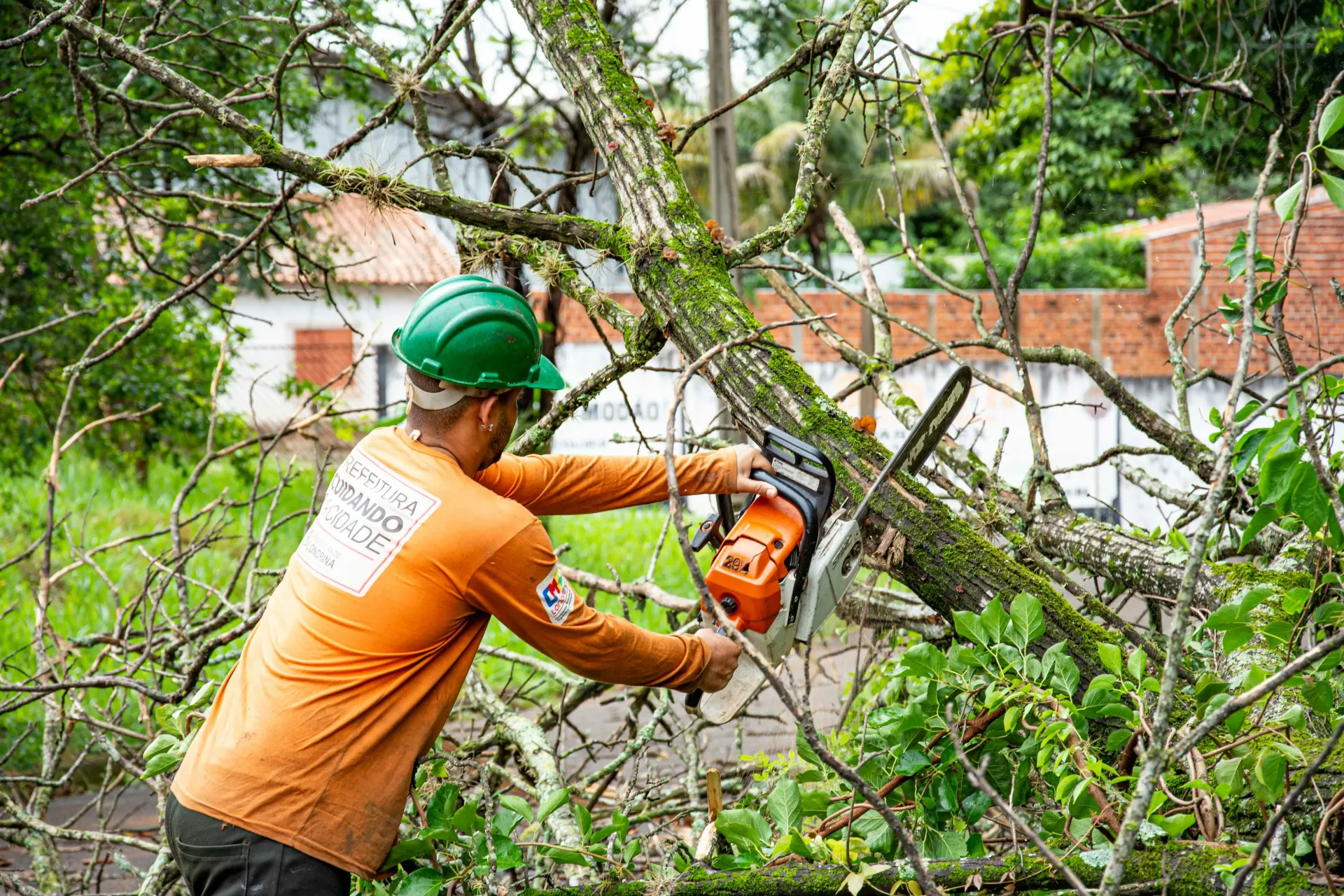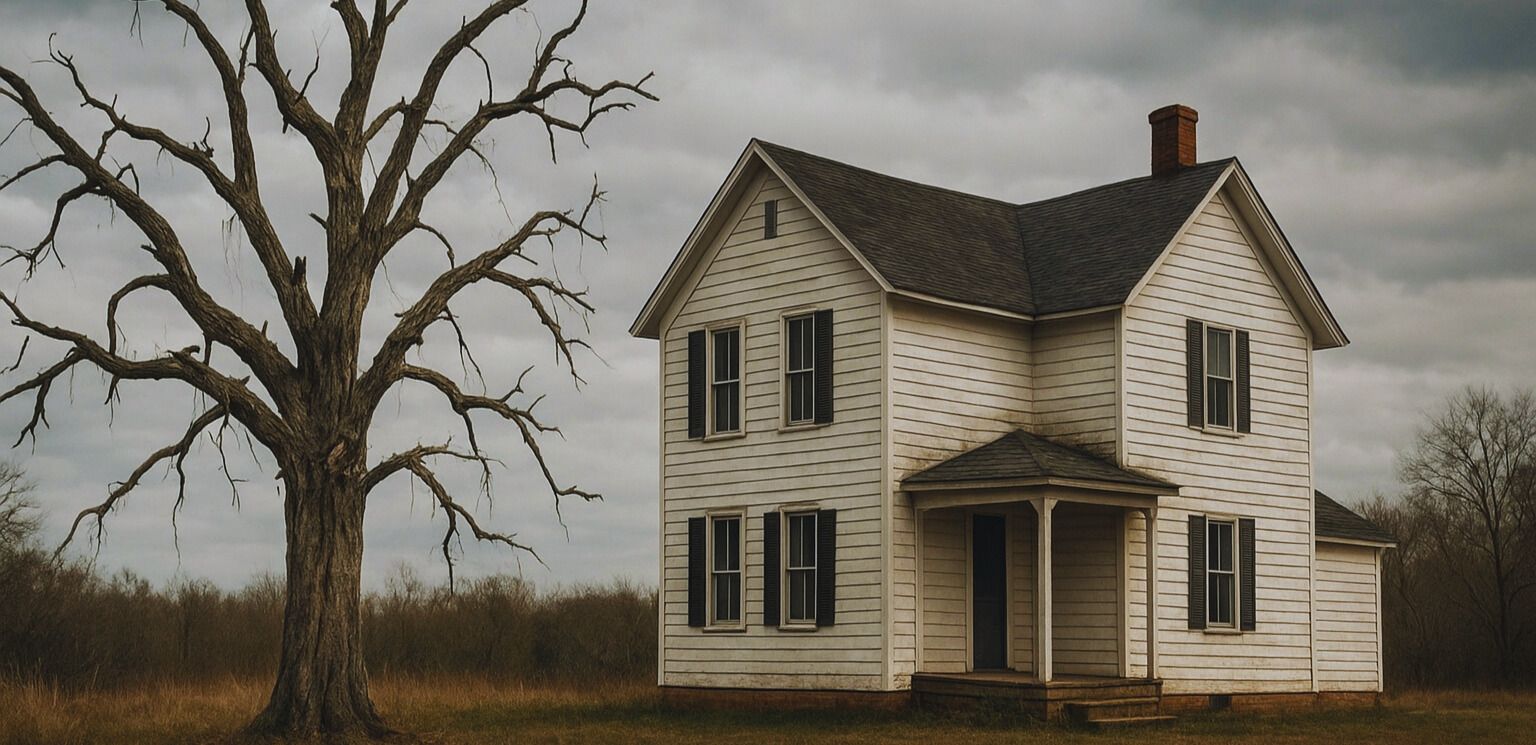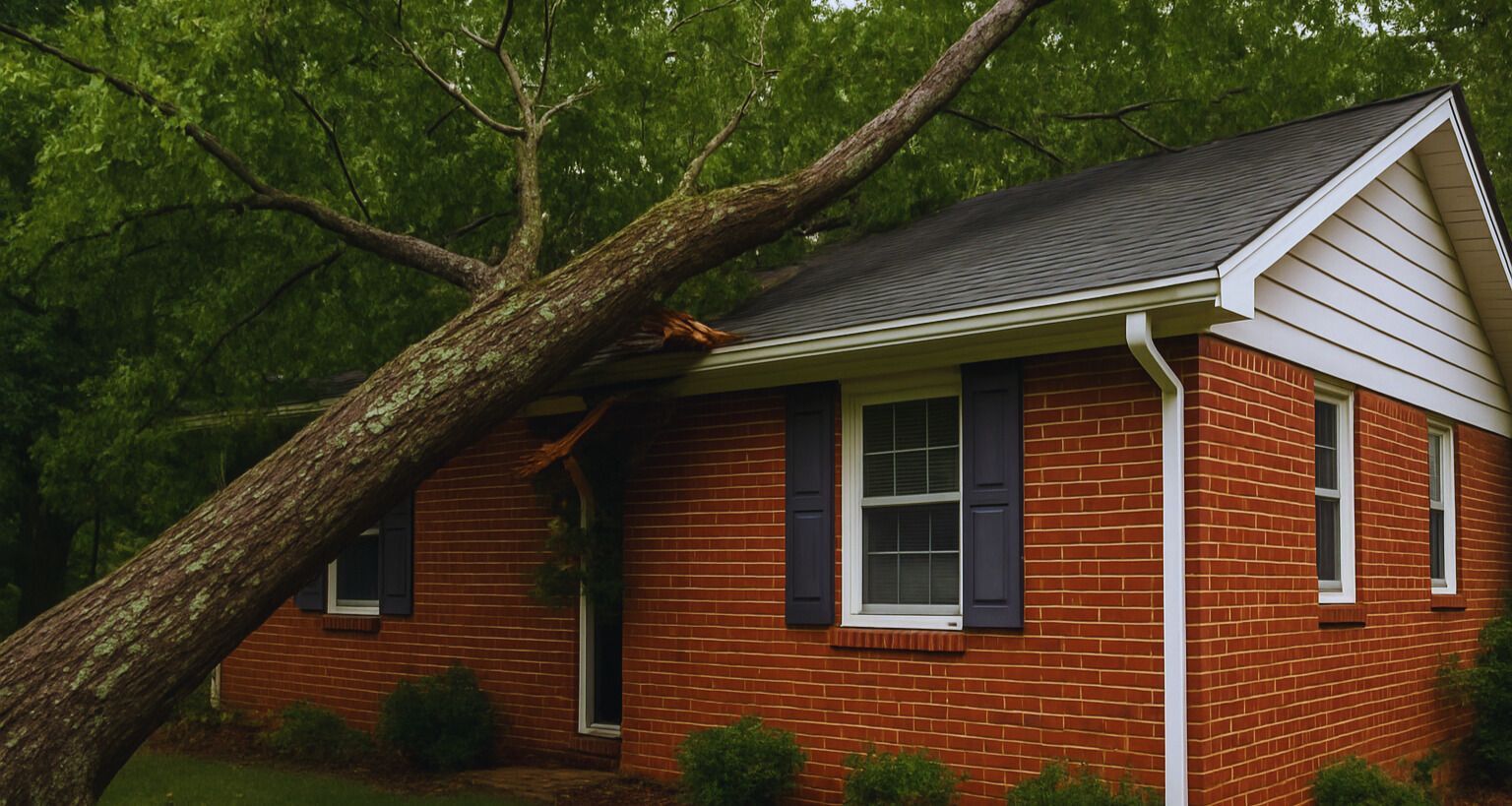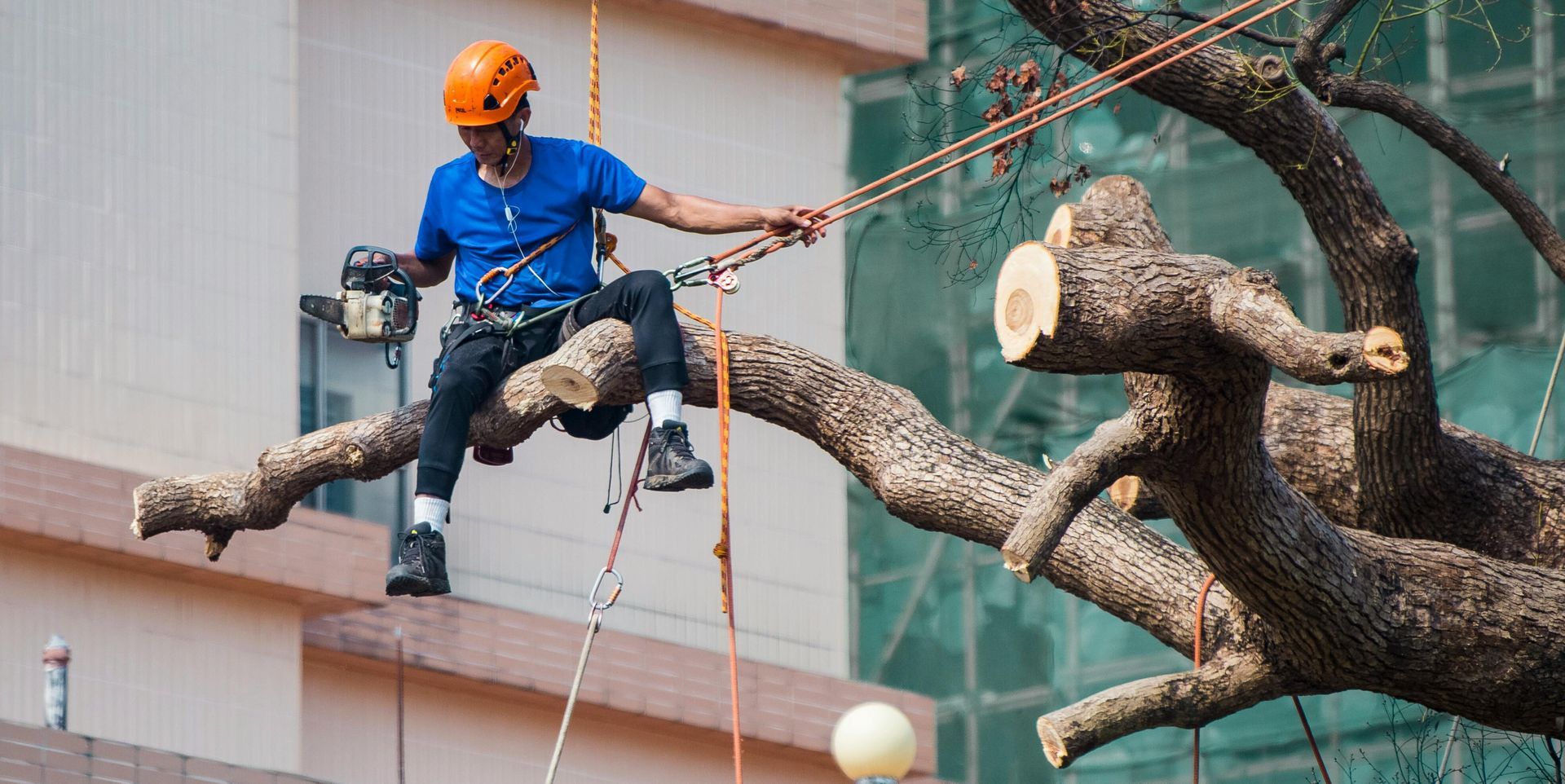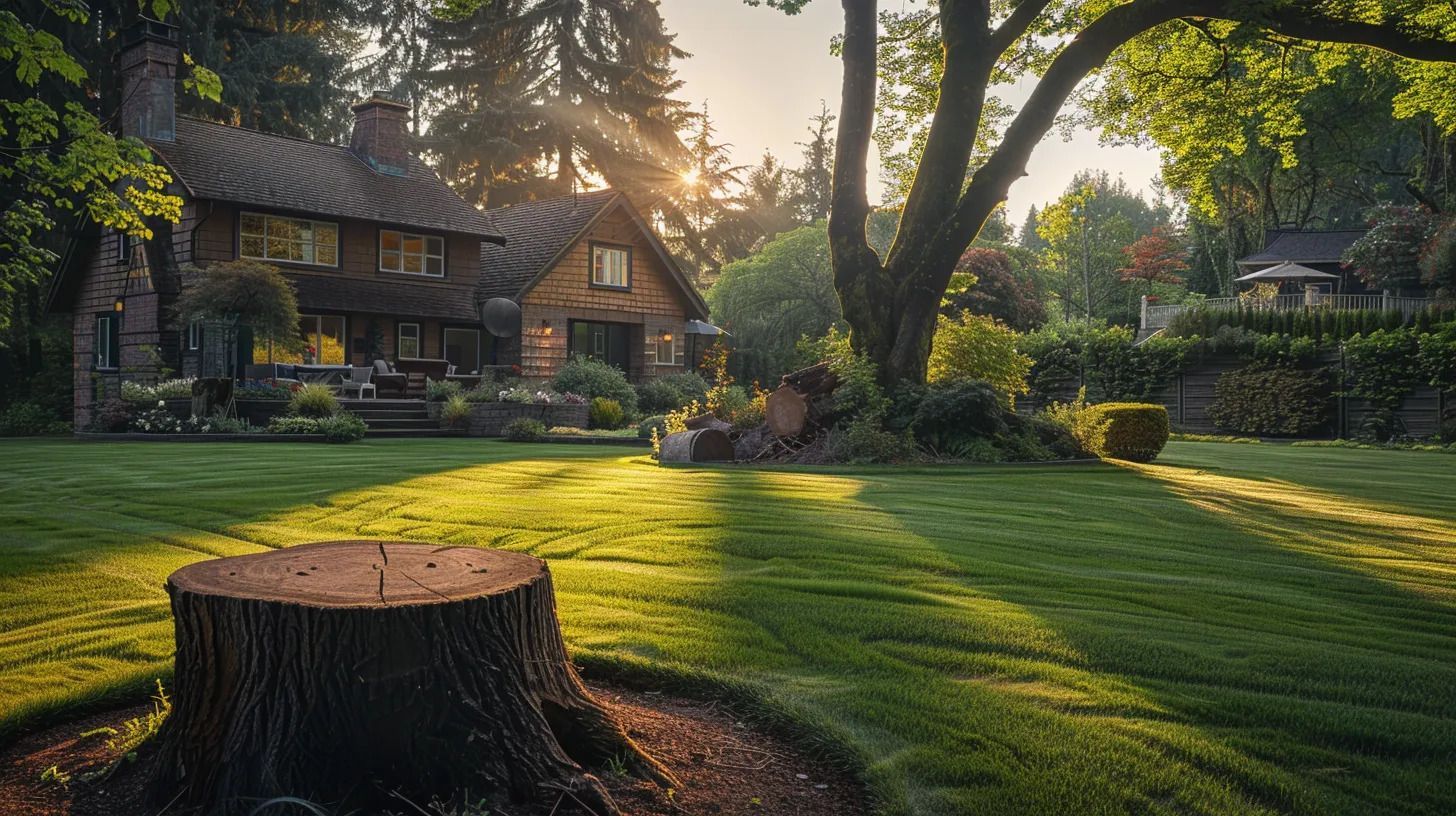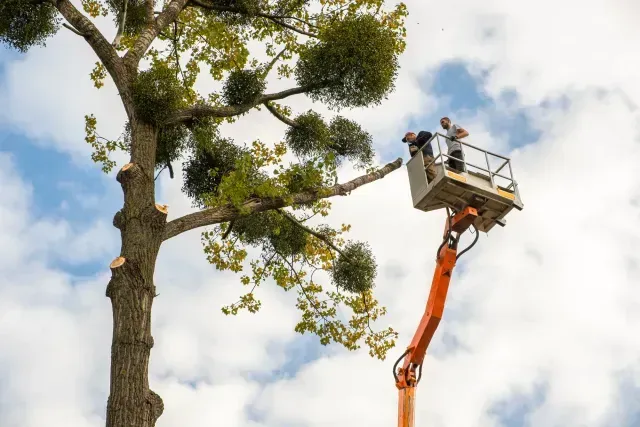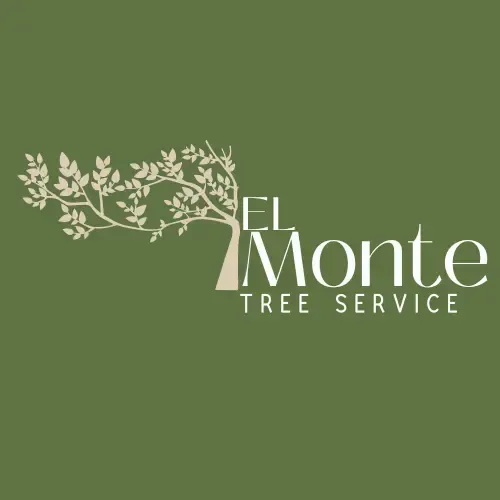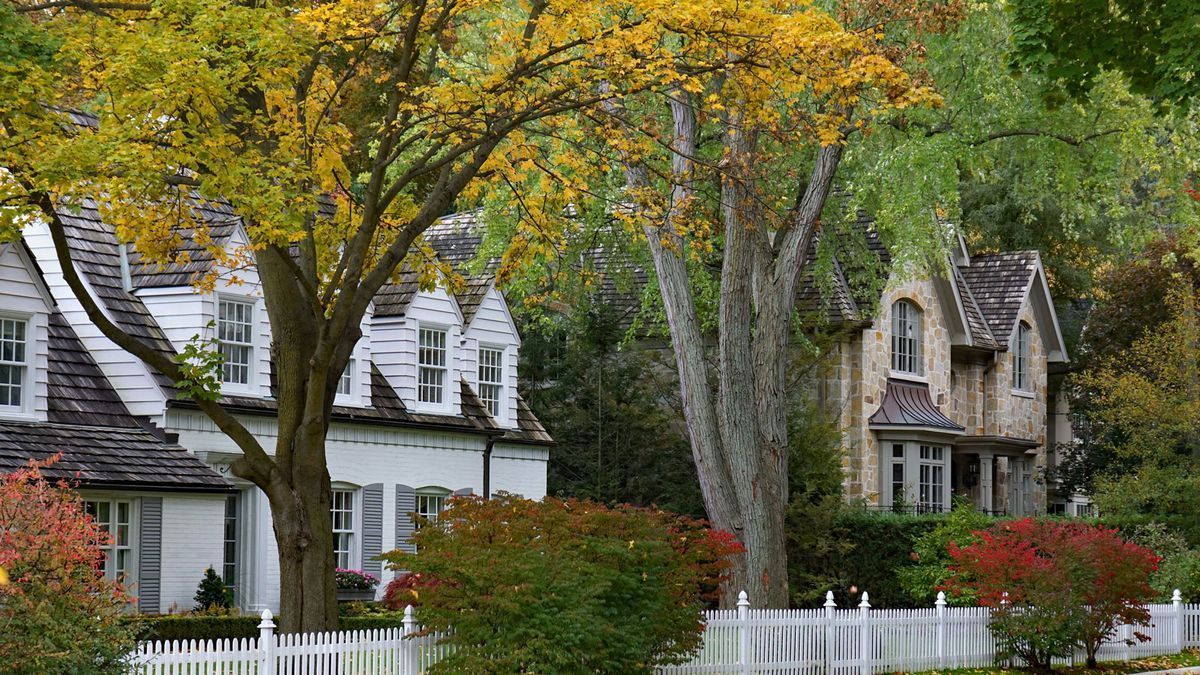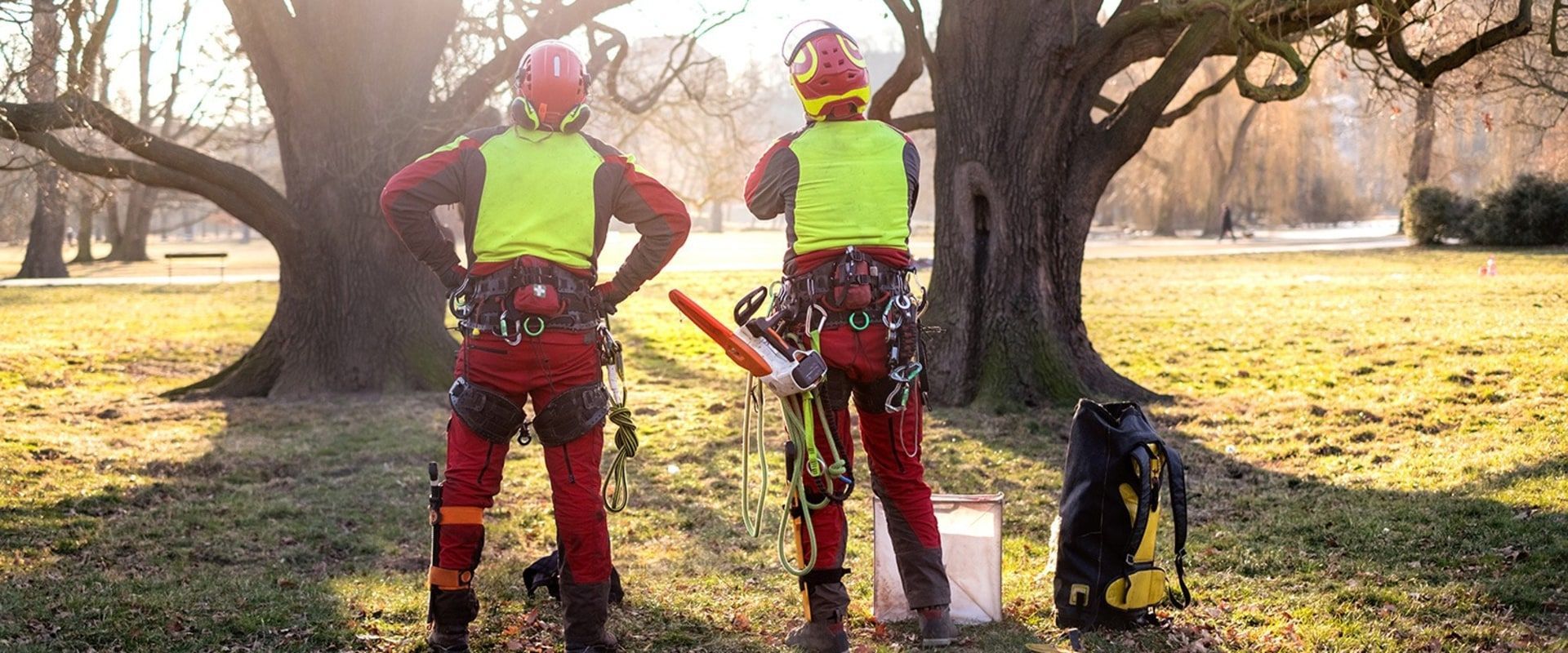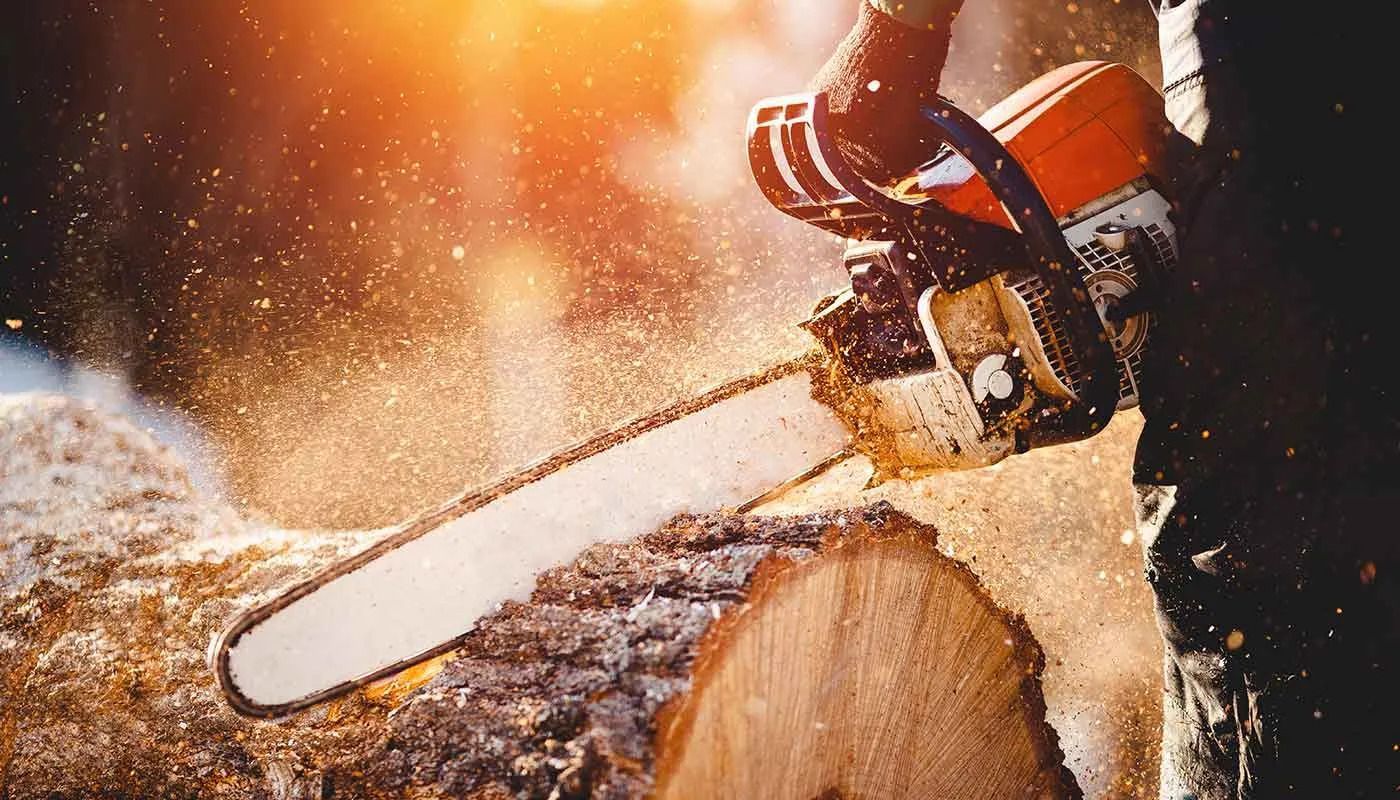How to Keep Your Trees Thriving: A Homeowner’s Guide to Tree Health
Discover how to keep your trees thriving with this complete homeowner’s guide to tree health. Learn expert tips on watering, pruning, disease prevention, and more.
Introduction
Trees are more than just a pretty addition to your landscape—they're living investments. Healthy trees can increase property value, improve air quality, provide shade, and even help with mental well-being. But keeping them in top shape takes more than just planting and walking away. That’s where this guide comes in.
In this article, we’ll explore everything you need to know to keep your trees thriving. From watering and soil care to disease control and pruning techniques, we’ll walk you through essential strategies that every homeowner should know. Whether you have a single ornamental tree or an entire wooded backyard, the tips in this guide will help you support long-term tree health.
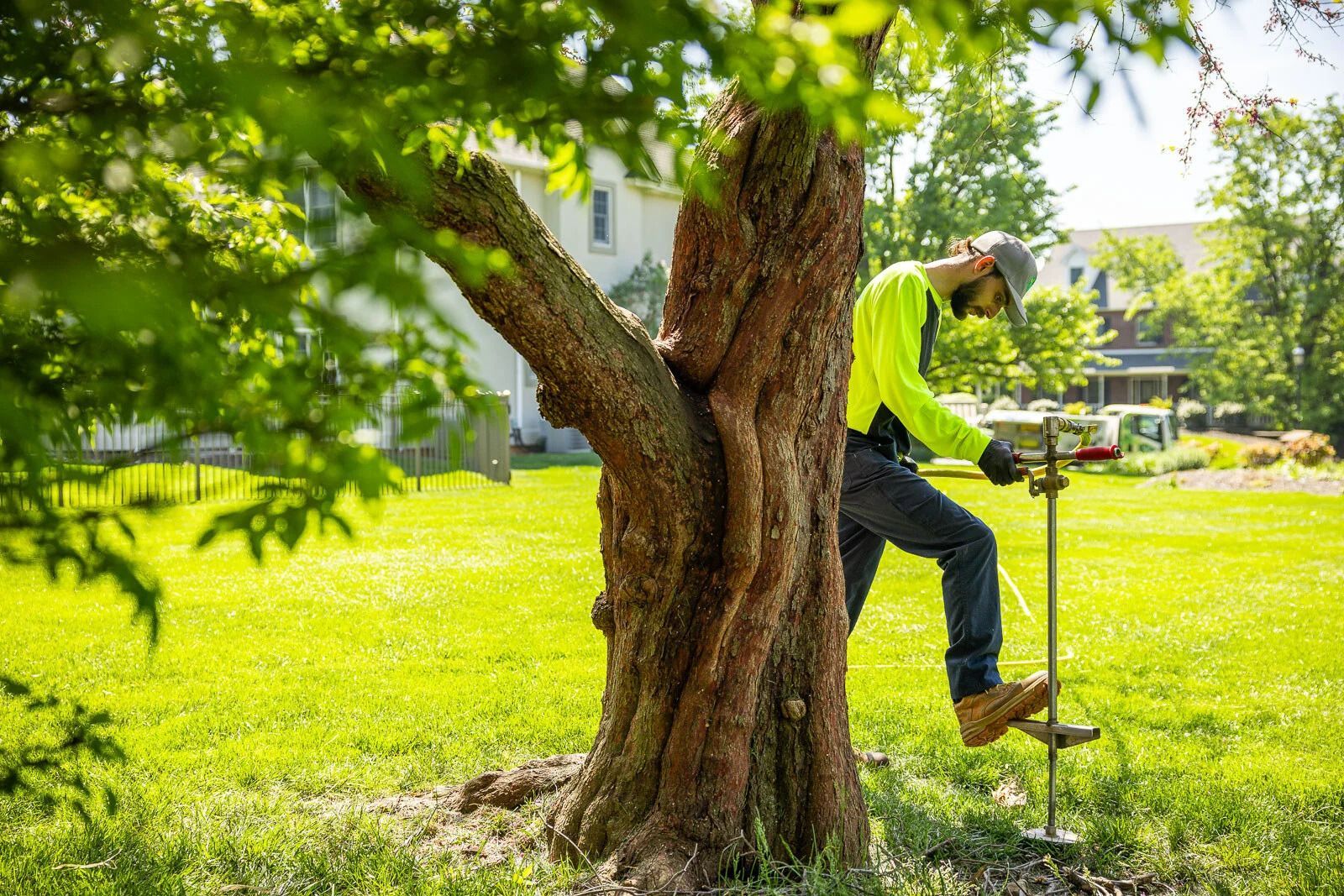
How to Keep Your Trees Thriving
Keeping trees healthy isn’t complicated—it just takes consistency, attention, and a little bit of know-how. Trees need the same basics as any living thing: water, nutrients, and care. A few key habits, such as proper watering, seasonal inspections, and early intervention for pests or diseases, can make a massive difference.
By understanding what trees need at different stages of life, and during each season, homeowners can prevent many common issues. In this guide, we’ll go step by step through the most effective and practical ways to ensure your trees not only survive but truly thrive.
Understanding the Basics of Tree Health
Before jumping into treatments or tools, it’s vital to understand how trees function. A healthy tree typically features full canopies, vibrant leaves, strong branches, and firm root systems. If leaves are discolored, bark is flaking, or the canopy looks sparse, something may be wrong.
The main parts of a tree include:
- Roots: absorb nutrients and water
- Trunk: provides support and transports nutrients
- Branches & Leaves: carry out photosynthesis
- Bark: protects against pests and weather
Knowing what each part does helps you spot problems early. It also lets you understand how environmental changes or physical damage can affect tree vitality.
Choosing the Right Tree for Your Landscape
One of the first and most important decisions is selecting the right tree. Factors like soil type, sunlight, drainage, and available space must be considered. You can’t plant a towering oak in a narrow space with poor drainage and expect it to thrive.
Here are key things to consider:
- Climate zone compatibility
- Mature size of the tree
- Root spread
- Tolerance to pests and diseases
Native trees generally do better because they’re adapted to local conditions. Your local extension office or a certified arborist can help you choose wisely.
Soil Quality and Nutrient Management
Healthy trees start with healthy soil. Soil that’s too compact or lacking nutrients can choke roots and stunt growth. Conducting a soil test is one of the smartest things a homeowner can do. It reveals pH levels, organic matter, and nutrient deficiencies.
Improve soil by:
- Adding compost or organic mulch
- Avoiding over-fertilization
- Aerating compacted areas
- Monitoring drainage to prevent waterlogging
These small steps can drastically improve your tree's chances of success and support robust growth over time.
Watering Your Trees the Right Way
Water is life—for trees too! However, too much or too little can be harmful. Newly planted trees need consistent moisture to establish roots, while mature trees typically need less frequent but deep watering.
Best practices include:
- Water early morning or late evening
- Use slow-drip systems or soaker hoses
- Water deeply rather than often
- Adjust based on season and rainfall
Avoid watering the trunk directly; instead, aim for the root zone. If the soil is soggy or moldy, you’re probably overwatering.
Mulching for Maximum Tree Benefits
Mulch is more than a pretty addition to your yard—it plays a crucial role in tree health. It helps regulate soil temperature, retain moisture, and prevent weed growth.
Do this:
- Use organic mulch like wood chips or shredded bark
- Spread mulch 2–4 inches deep
- Keep it a few inches away from the trunk to prevent rot
Avoid this:
- Volcano mulching (piling mulch against the trunk)
- Using plastic or synthetic mulch
Proper mulching is a low-cost, high-benefit practice that every tree owner should adopt.
The Role of Sunlight in Tree Growth
Sunlight is a key ingredient in photosynthesis, the process trees use to convert light into energy. Some trees love full sun, while others prefer dappled shade. Planting a shade-loving tree in full sun (or vice versa) will lead to stress, stunted growth, and vulnerability to disease.
Understand the light needs of your specific trees:
- Full sun: at least 6 hours of direct sunlight
- Partial shade: 3–6 hours
- Full shade: less than 3 hours
Observe your yard throughout the day to find the right spot for planting and adjust nearby landscaping if needed.
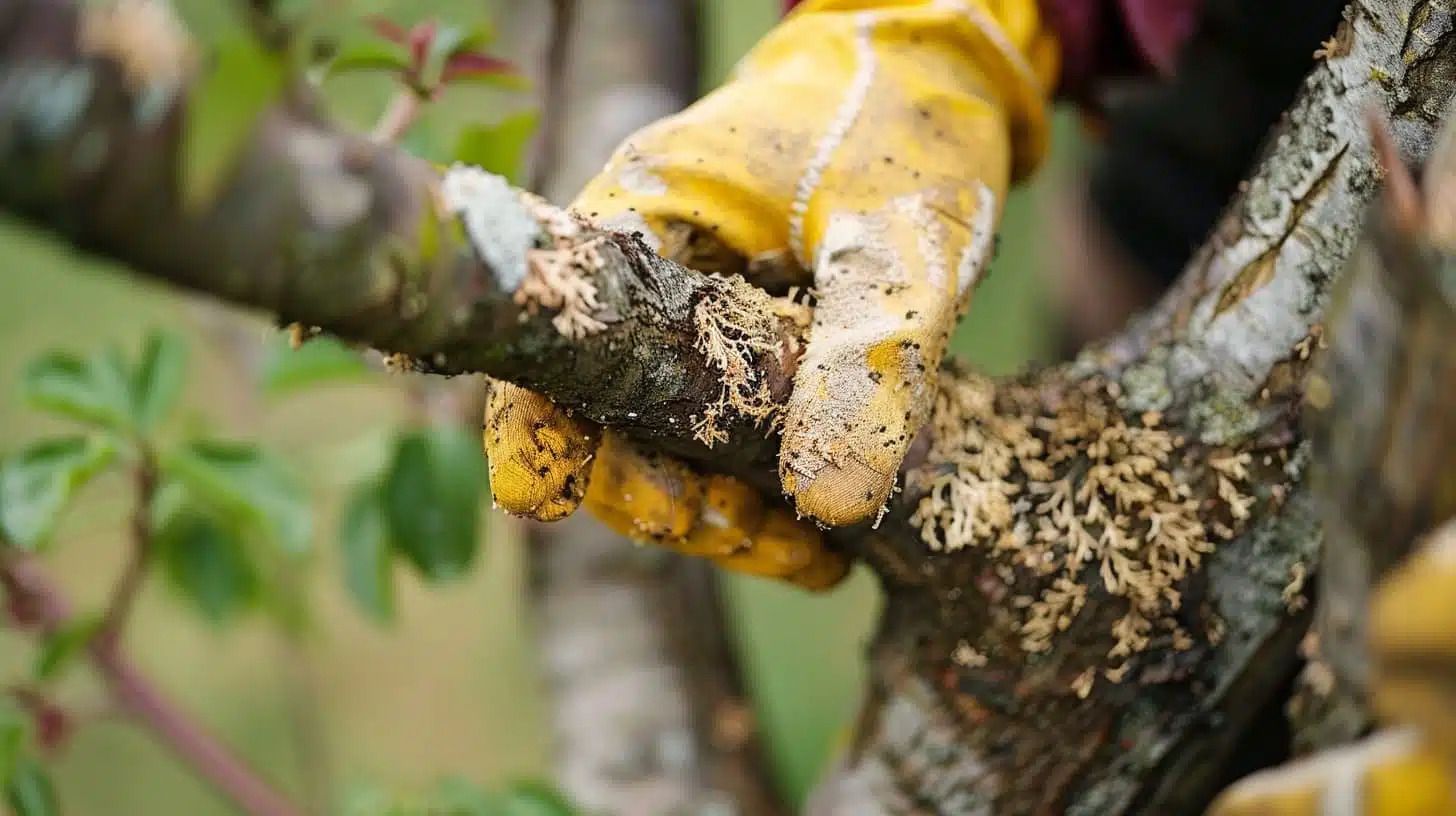
Common Tree Diseases and How to Prevent Them
Disease is a top cause of tree decline. Some common threats include:
- Anthracnose (leaf spotting)
- Powdery mildew
- Cankers
- Root rot
Prevention is the best cure:
- Keep trees well-spaced for airflow
- Sanitize tools between pruning
- Avoid overhead watering
- Remove dead branches promptly
If unsure, don’t guess. Contact a professional like Tree Service for accurate diagnosis and treatment.
Pruning Techniques That Promote Growth
Pruning is more than aesthetics—it helps remove diseased limbs, improve structure, and boost growth. The best time to prune is late winter or early spring before new growth begins.
Basic pruning guidelines:
- Use sharp, clean tools
- Cut just above the branch collar
- Never remove more than 25% of a tree’s canopy
- Remove crossing, dead, or weak limbs
Pruning incorrectly can do more harm than good, so when in doubt, consult a certified arborist.
Fertilizing Trees for Long-Term Health
Trees in the wild feed off decomposing plant matter. In suburban landscapes, they often need a little help.
Tips for fertilizing:
- Use slow-release fertilizers
- Apply in early spring or late fall
- Focus on the drip line, not the trunk
Over-fertilizing can lead to salt buildup and leaf burn. Balance is key. When unsure, test your soil first.
Seasonal Tree Care Tips for Homeowners
Each season calls for a different approach:
Spring:
Inspect for winter damage, fertilize, and begin watering as needed.
Summer:
Mulch to retain moisture, monitor for pests, and prune lightly if required.
Fall:
Remove fallen leaves, fertilize again, and prepare for storms.
Winter:
Wrap young trees, prune when dormant, and avoid salt damage from walkways.
Protecting Trees from Storm Damage
Storms can wreak havoc on even the healthiest trees. High winds, heavy snow, and ice can cause branches to break or trees to uproot.
Protect your trees by:
- Pruning weak or dead limbs
- Bracing young or top-heavy trees
- Avoiding overwatering before a storm
After the storm, inspect your trees for cracks, splits, or leaning. If you spot major damage, reach out to Tree Service.
Identifying Pest Infestations Early
Pests like borers, beetles, and aphids can silently destroy a tree. Early signs include:
- Chewed leaves or bark
- Sticky sap or honeydew
- Holes in the trunk
- Wilting or yellowing leaves
Natural predators, neem oil, or horticultural soaps can help. For serious infestations, it's best to Contact a certified pro.
Tree Roots: How to Keep Them Strong and Safe
Roots anchor your tree and absorb water—but they’re also vulnerable. Construction, heavy foot traffic, and poor soil can all weaken roots.
Tips to protect roots:
- Avoid cutting or damaging large roots
- Don’t compact soil around trees
- Water deeply but not frequently
- Never pile mulch or soil over the root flare
Hiring a Professional Tree Service
Some jobs are too big or risky for DIY. Large pruning, disease treatment, or tree removal requires training and insurance. That’s when it's smart to call a trusted Tree Service.
Professionals bring:
- Certified arborists
- Commercial-grade tools
- Safety gear and insurance
- Expert diagnosis and treatment
How to Inspect Your Trees Like a Pro
You don’t need to be an arborist to do basic inspections. Walk around your yard once a month and look for:
- Dead or hanging branches
- Leaf discoloration
- Bark damage
- Insect presence
- Leaning or unstable trunks
Early detection prevents costly damage down the line.
When to Contact a Certified Arborist
Call a pro if:
- A tree is leaning dangerously
- You see mushrooms or rot near the base
- There's heavy pest activity
- You're unsure about disease symptoms
You can reach expert help via Contact to schedule a professional assessment.
FAQs About Home Tree Care
How often should I water my tree?
Water newly planted trees weekly; mature trees monthly, depending on rainfall.
What’s the best time to prune trees?
Late winter or early spring is ideal before new growth begins.
Do trees need fertilizer every year?
Not always. Test your soil and fertilize based on nutrient needs.
How can I tell if my tree is dying?
Look for brittle branches, peeling bark, discolored leaves, or fungal growth.
Is mulch necessary for trees?
Yes, it helps retain moisture, regulate temperature, and reduce weeds.
Can a tree survive after being hit by lightning?
Sometimes, but it needs to be evaluated by a professional immediately.
Conclusion
Taking care of your trees doesn’t have to be hard—it just takes consistency, observation, and knowing when to get help. From choosing the right tree to proper watering, mulching, and pruning, every step you take makes a difference. Healthy trees not only beautify your yard but protect your home, clean your air, and boost your mood.
So take the time to walk your yard, check for issues, and if needed, reach out to the pros at Tree Service for expert help.
Links
